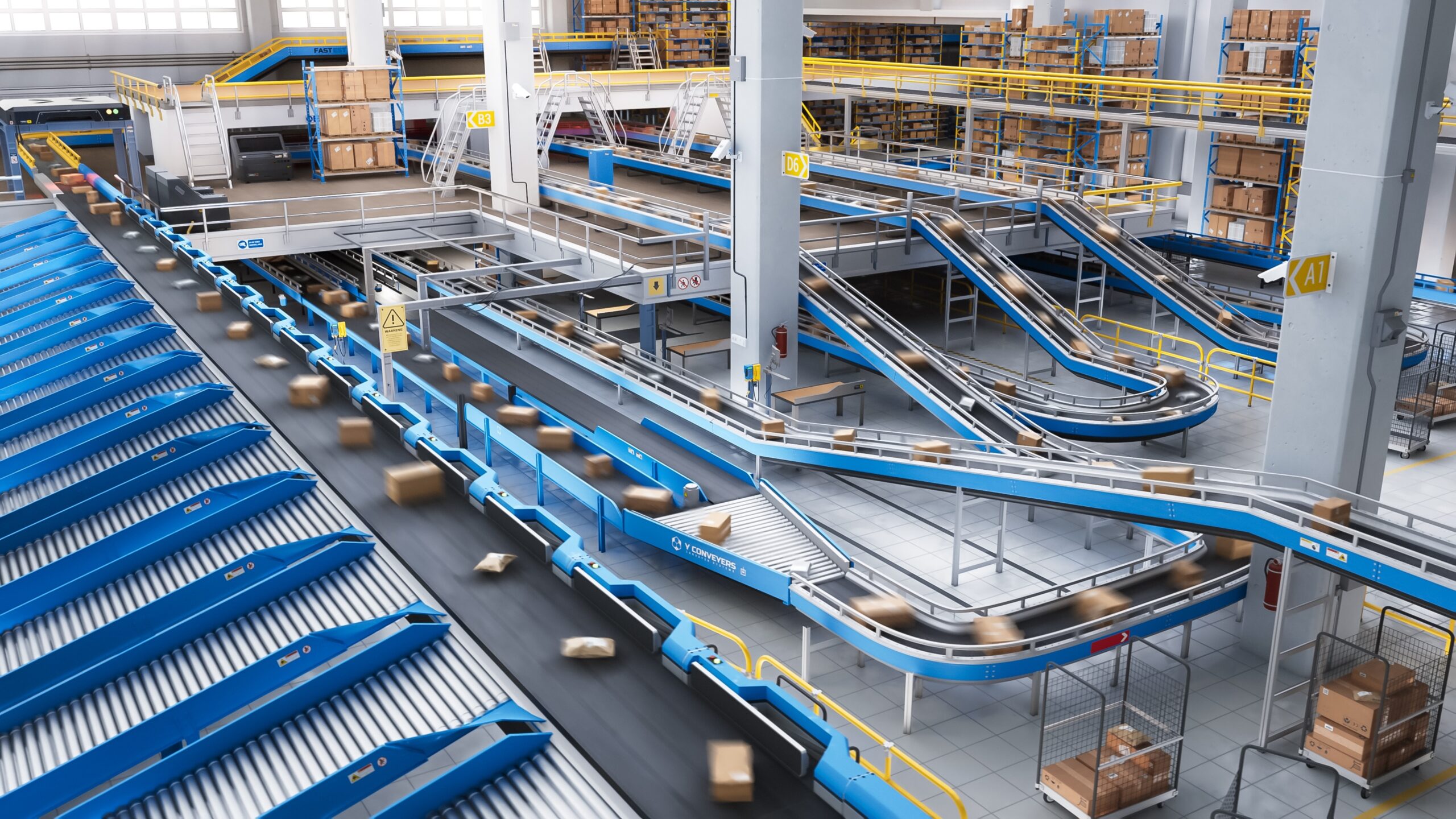 Rapid order fulfillment is now a baseline expectation in any industry. How you use every cubic inch can determine whether your operation thrives or backlogs. This is where smart design, seamless automation integration, and smart floor planning become critical.
Rapid order fulfillment is now a baseline expectation in any industry. How you use every cubic inch can determine whether your operation thrives or backlogs. This is where smart design, seamless automation integration, and smart floor planning become critical.
Let’s break down the common pitfalls and explore the key design strategies used by the most efficient MFCs operating under tight space constraints.
Common Design Mistakes That Kill Throughput
Even with the latest tech and good intentions, some MFCs fall into predictable traps:
Ignoring Vertical Space.
If you’re not leveraging vertical conveyors or spirals, you’re essentially giving away free real estate. Vertical spirals can quadruple your throughput density without expanding your footprint.
Other Design Mistakes can be the following:
- Overcomplicating Layouts:
Maze-like conveyor paths slow down order flow and confuse automated systems. Simplicity is speed. - Neglecting SKU Velocity:
Placing slow-moving SKUs in prime pick zones just because they fit conveniently? It’s time to re-slot and let fast movers take the spotlight. - Poor Integration With Automation:
When conveyors don’t interface smoothly with robots or AS/RS systems, you’re not scaling, you’re jamming the system with avoidable inefficiencies.
 How Spiral Conveyors Help in Micro-Fulfillment Centers
How Spiral Conveyors Help in Micro-Fulfillment Centers
Spiral conveyors are ideal for micro-fulfillment centers (MFCs) due to their efficient use of vertical space, helping maximize limited floor area in urban settings.
They provide smooth, continuous transport between facility levels, reducing bottlenecks and speeding up order processing compared to lifts or elevators.
Ryson’s Spirals offer a modular design, which supports a variety of products and easy integration with automated systems. Their simple, reliable mechanics also lower maintenance needs and downtime risks. Overall, spiral conveyors enhance throughput, save space, and ensure reliable vertical conveying in compact MFC operations.
The Optimization Exercise: Designing a 100 sq ft Vertical Space
Let’s put it into practice. You’ve got 100 square feet to work with. Here’s how to squeeze out every ounce of efficiency:
Use Vertical Spirals in Corners. Corners are often dead zones, perfect for a vertical spiral conveyor that gains height without hogging floor space. Implement high-density shelving that evolves with your SKU mix. Think modular racks that can quickly accommodate seasonal shifts. Shorten travel time by designing a layout with minimal motion: inbound > pick > pack > outbound, all in a straight shot. Your spiral conveyor should also “talk” to your robotic arms or AS/RS for real-time handoffs: no manual intervention required. Use mobile carts or dynamic staging zones to absorb peak-period pressure without sacrificing core flow.
Best Practices Checklist for Micro Fulfillment Centers
- Use vertical conveyors or spirals to elevate product efficiently.
- Design short, direct conveyor paths that eliminate waste.
- Slot fast-moving SKUs in the most accessible areas.
- Pre-plan for automation, even if you’re not there yet.
- Build in flexibility so you can pivot with SKU/volume changes.
The Result: A Compact, Scalable Fulfillment Powerhouse
What’s the ROI of smart spatial planning? A compact, high-throughput MFC that delivers on speed, adapts as your business grows, and punches way above its square-footage weight. Whether you’re outfitting a dark store, urban fulfillment hub, or last-mile delivery zone, these principles help you turn constraints into competitive advantage.
In the era of quick commerce and just-in-time expectations, the question for logistics pros isn’t “can you deliver?”, it’s “how efficiently?”
Want to explore spiral conveyor solutions optimized for minimal footprints? Contact us to learn how leading fulfillment centers are rethinking vertical movement.



